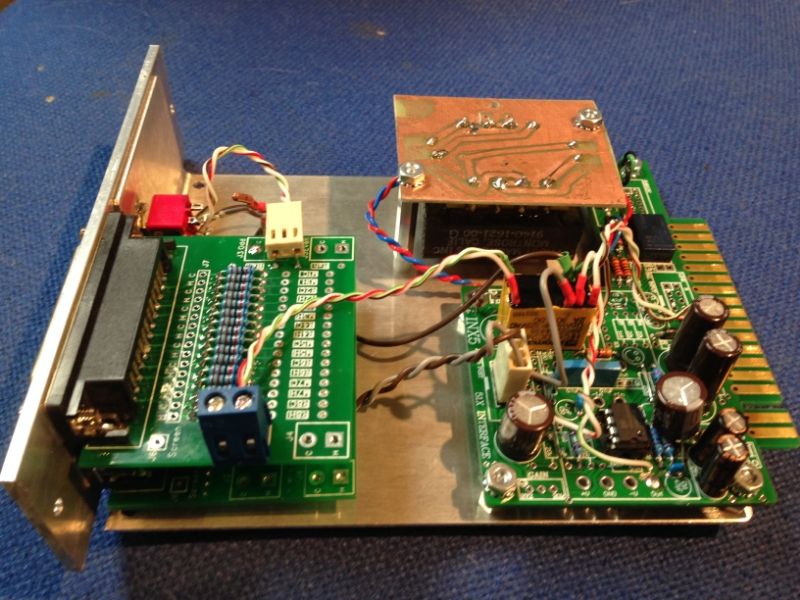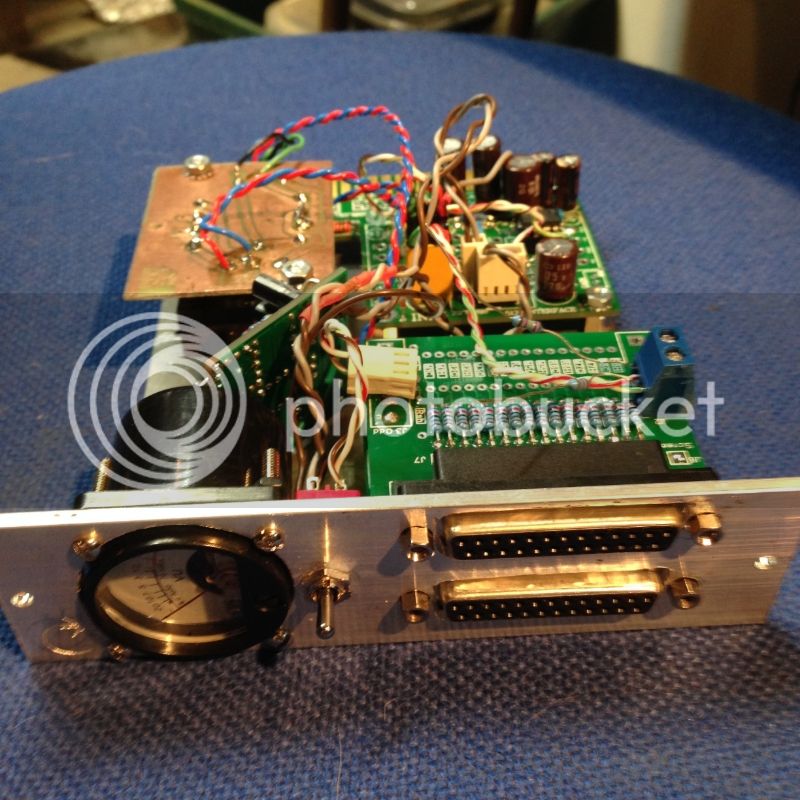Brian Roth
Well-known member
Adding the additional series resistor ahead of the inverting input means it will no longer be a VE summing node.
Bri
Bri

bruce0 said:Ok, thanks! I will leave the gain less than unity, it is about .66, at least for now.
The way the virtual earth amp works as I add sources the input impedance goes down (each source parallels another 6.2K resistor) and that decreases the gain somewhat, so it tends to stay "unity", although with the .66 gain and the step down and the two amps doing sort of push pull I have to say I am not sure how it will work. I will report back.

bruce0 said:what happened to Mezza..? 8)
bruce0 said:Ian... Mea-half-a-culpa.... my measurements seem to bear out what you are saying some of the time. here is the data that I find confusing:
Initial conditions: I rewired the amp with a gain of 1, and 1:1 transformer
I put a single 4dBu (1.24V RMS) sine wave in and get the same level out.
I sum two 4dBu sine waves in and get 2.48V RMS (10dBu)
So that seems to work like you are saying... but the following is confusing:
If I put a -20dBu pink noise signal in, I get -20dB out.
If I put two -20dBu pink noise signals in, I get -20dB out.
And that seems to work like I am saying.
So ... I am befuddled. Any idea about why?
Enter your email address to join: